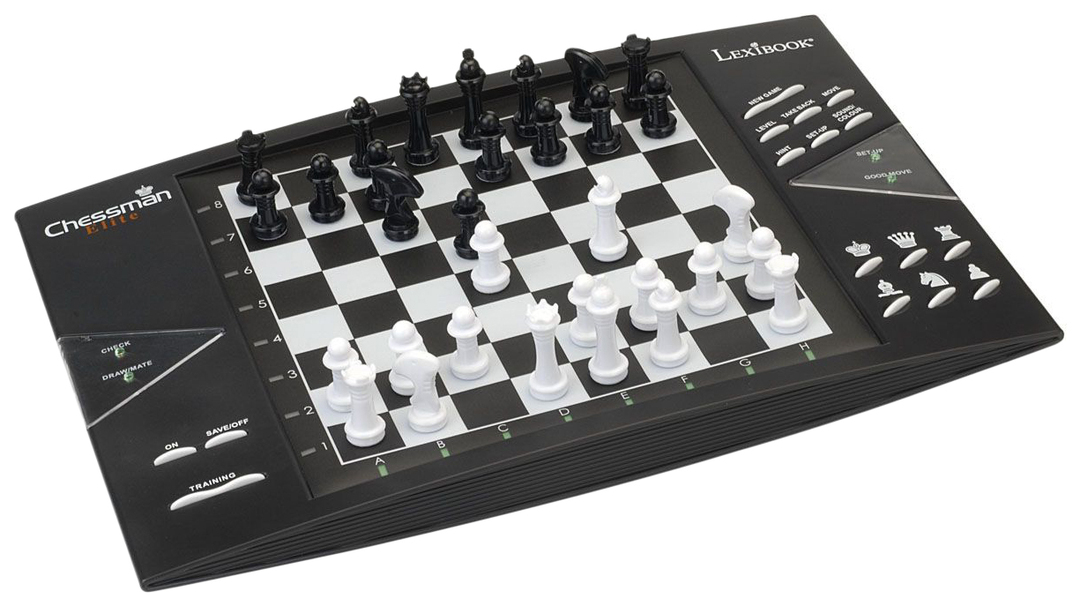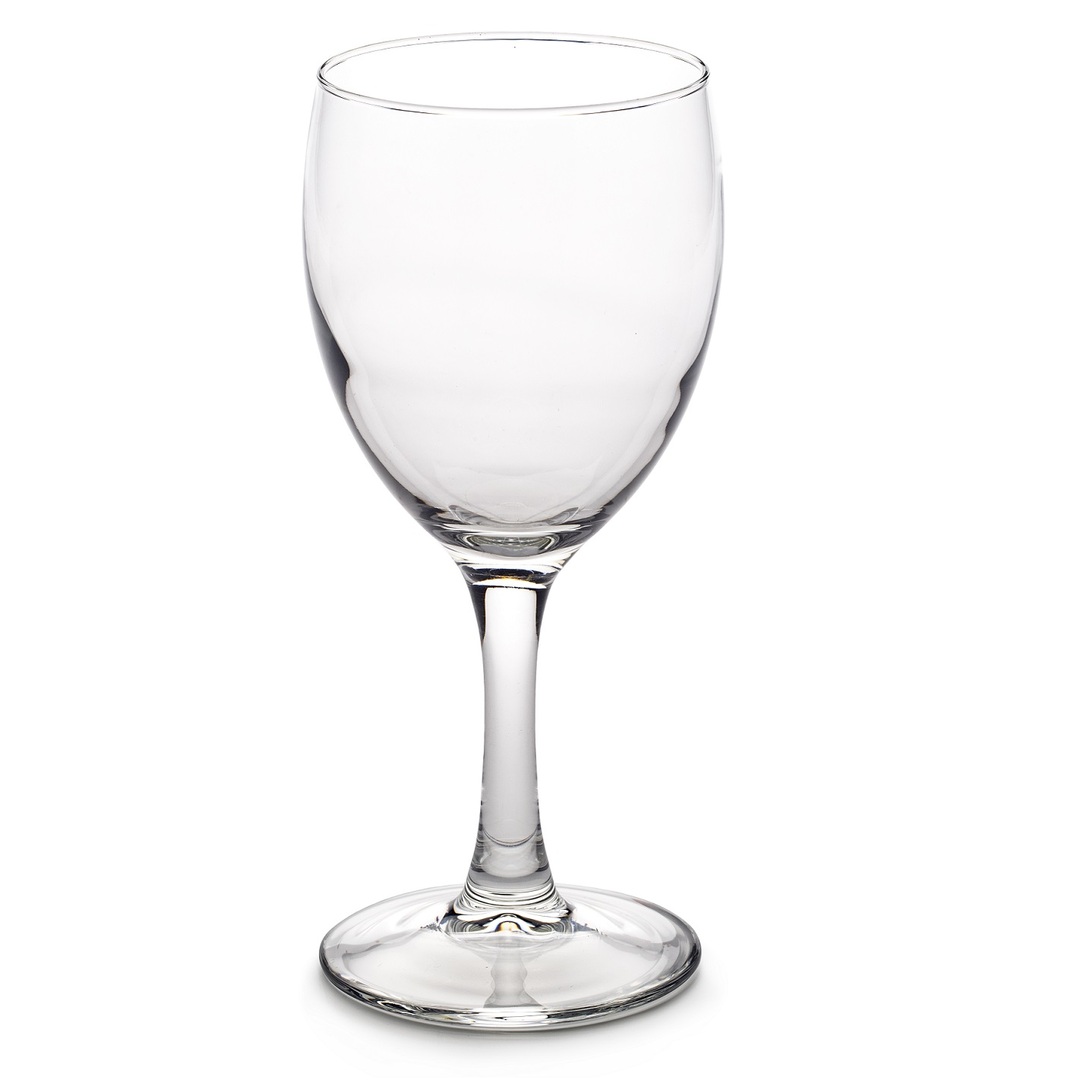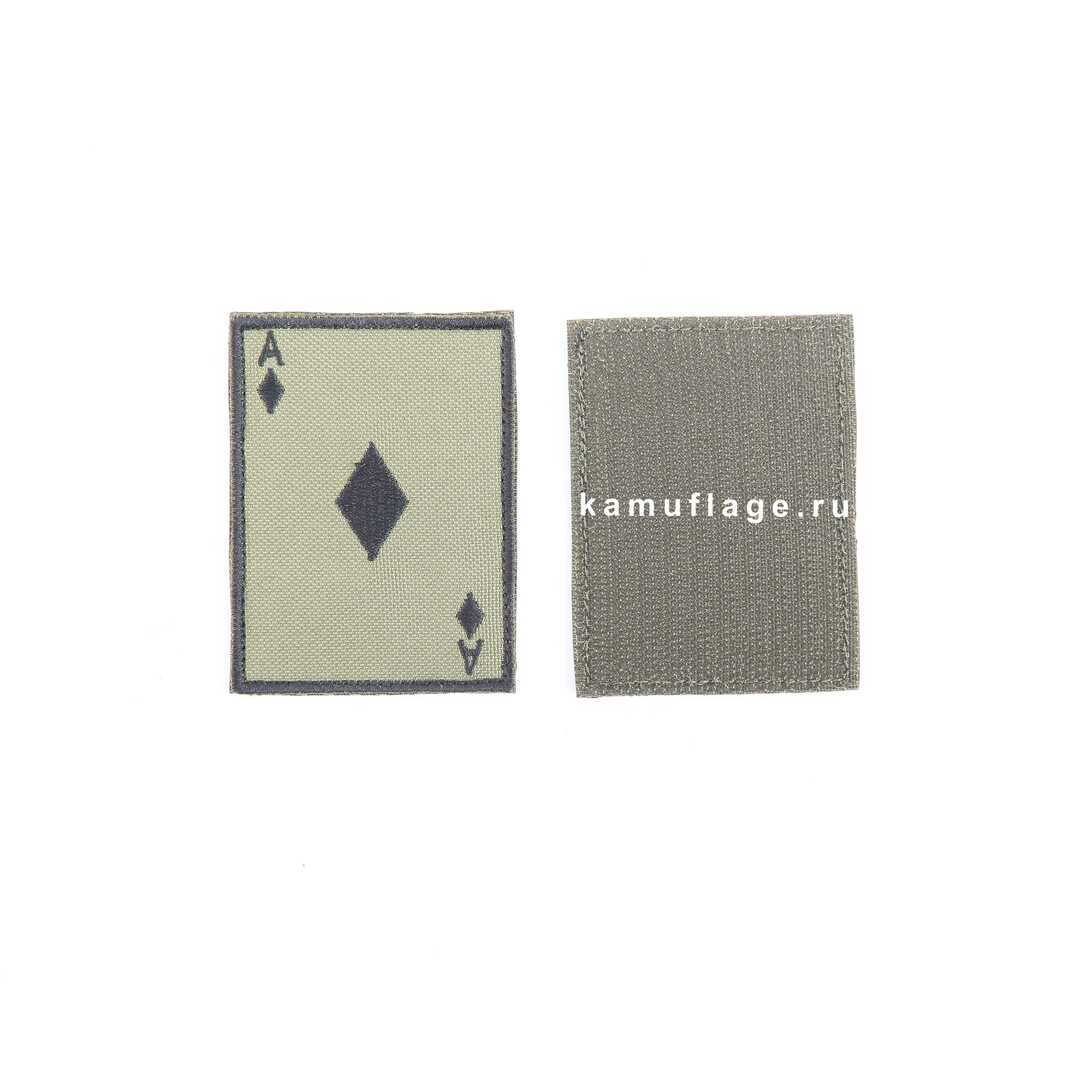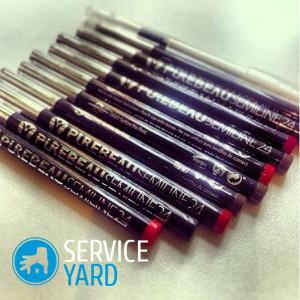
- What does permanent mean?
- On what surfaces does he write?
- Dimensions, shapes and colors of the tips
- Why and how to choose?
- How to eliminate a permanent marker?
Not many of us know what a permanent marker is, even though it is used almost every day. This is an incredibly popular means for writing, which has a variety of shapes, colors, destinations. And this is exactly what will be discussed in this article.
to the contents ↑What does permanent mean?
Let's clarify what this term means. In French and Latin the word is almost similar, it has the same translation, namely - permanent, indelible. A permanent marker is used in a variety of spheres, where it is necessary to put an inscription, a sign, a picture or an index.
From an ordinary thick felt pen, it differs in that the inscription is not erased unless you apply considerable effort to it.
Important! Currently, it is quite popular to apply temporary tattoos, draw eyebrows permanent marker. With it, you can create any images, not just text. For example, a permanent marker white - perfectly replace a thin brush with paint to apply different patterns on the dark surface of absolutely any material.
Thanks to its high durability and accuracy, it is indispensable in any field of activity. Especially they enjoy using students, schoolchildren, office workers.
to the contents ↑On what surfaces does it write?
Unlike markers, a permanent marker writes on almost all materials. Any surface will fit:
- drive;
- package;
- paper;
- wood;
- fabric;
- stone;
- tiles;
- the glass.
In fact, it is possible to enumerate the surfaces on which this marker displays the desired pattern or inscription, it is endless. But it must always be remembered that such a stationery is not all-powerful. If you put any inscription on a metal, plastic canister or a bottle in which there is gasoline, oil, then it will be erased. But do not despair, because even the most persistent paint is gradually coming down.
Important! Just the same, it is acetone and oil products that will help you erase the inscriptions, drawings that were applied using a permanent marker. But after finishing the surface treatment with oil products, do not make new notes immediately. You must completely remove all residues of gasoline or oil, and then you can apply new inscriptions.
to the contents ↑Dimensions, shapes and colors of the tips
What are the colors of a permanent marker? Almost everywhere there is an opportunity to meet such:
- white;
- red;
- black;
- brown;
- blue;
- is green.
Important! White, as well as brown colors, unfortunately, are rarely available for sale, because manufacturers are trying to produce exceptionally popular colors. Therefore, a black permanent marker is sold in almost any office store.
An important factor is the thickness that ranges from 0.5 mm to 1 cm:
- Naturally, for small records, for example, for a disc, a marker with a thickness of 0.5-0.75 mm is suitable.
- But the worker in the warehouse, in order to sign the huge boxes, you will need a marker whose thickness will be not less than 5 mm.
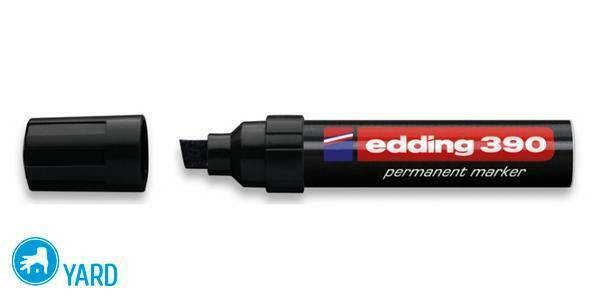 In addition, there are 3 types of tips:
In addition, there are 3 types of tips:
- beveled;
- is round;
- is tapered.
Important! The worker in the warehouse would most often come round, but the schoolboy for various signatures of the disks - beveled.
to the contents ↑Why and how to choose?
The above was an absolutely simple example with a schoolboy and a warehouse worker. A pupil can use a marker not only to sign discs. Suppose there is a plastic huge ruler on which the numbers on the scale have been erased. With a thin marker you can easily restore the inscriptions. But for a gas wall it is better not to use it, because there is no point in this.
You can sign with the help of a permanent marker:
- cans with workpieces;
- boxes of absolutely any material;
- tools, wrenches, a variety of parts.
- will be convenient for gardeners and gardeners to sign various glasses with seedlings - without fear that the letters will erode due to contact with water or a solution with fertilizers.
Important! As an example of a high quality device, the permanent marker Edding has a very wide range of activities. The mentioned company produces a variety of their types for the appropriate purpose. Absolutely every marker has its own model, which is registered on the body itself. For example, Edding-750 is a white marker. With the help of it they make inscriptions, and do not use light paint, which is quite convenient.
Other areas of use
All of the above are standard application areas for such a marker. But this circle can be broadened at its own discretion:
- Permanent inscription can be made on shoes, furniture, tiles. It only remains to take the required color, and also to choose the necessary thickness.
- During the creation of scenery, painting on glass, it will be indispensable. Sometimes it is even possible to mix up, than all the same it is written or painted: putty, paint or a marker?
Important! The use of a permanent marker lies not only in its water resistance, but also in the extreme accuracy of the lines created, in the brightness and clarity of the color.
to the contents ↑How to eliminate a permanent marker?
In our world, there is no such thing that can not be won, overcome or washed away, especially if you know about the appropriate means. Here and ink permanent marker is not always characterized by reliability and durability.
Important! If the surface on which this type of marker was applied is not too loose, you will not have much difficulty eliminating virtually all types of contamination left after using permanent markers.
Method one:
- Take a good marker - dry-eroded.
- Then test it on that area of the surface that is rarely conspicuous to make sure how thoroughly it is erased. Before proceeding with the removal, allow the ink to dry for a few minutes.
- Soak a small piece of cloth in a boiling soap solution, and then rinse off the trace that is left of the marker.
- Then, using a dry-erase marker, traverse the trace from the marker that you wish to remove. Wait for about 5 seconds - until the marker is completely dry, because otherwise the line may be smeared.
- Remove marks from the marker with a lint-free cloth or with a microfibre cloth. Do not use paper towels in this case.
Important! If the stain from the marker is completely stale, you need to repeat the application and removal of the dry-erase marker, perhaps even 2-3 times, while applying twice as much force to eliminate the stain.
Method of the second
To eliminate a permanent marker with a sufficiently smooth surface, you can also use a marker that is designed for a white board. This method is extremely simple, and the process of eliminating traces from the marker will take a lot of time from you.
Important! You should be prepared for the fact that at the conclusion of the procedure, you should throw out the cleaning pen, because it will no longer be usable.
Method third
You are simply lucky, if you have the opportunity to purchase Mr. Clean Magic Eraser, because with his help you can easily deal with the ill-fated spots from the marker, especially if they are on a plastic surface and similar smooth materials.
Important! Buy the sponge Mr. Clean Magic Eraser. In case your attempts to find this tool in the shops of the city in which you live have not been successful, try to find its good luck on the Internet.
Working with the above mentioned tool, you must follow the recommendations contained in the instruction manual. The process of removing the stain does not take more than 10 seconds. After thoroughly cleaning the surface, wipe it with an ordinary soft cloth.
Now you not only know what a permanent marker is and how it differs from its "fellow", but also have several ways with which you can remove unwanted traces, even from such a persistent dye.

